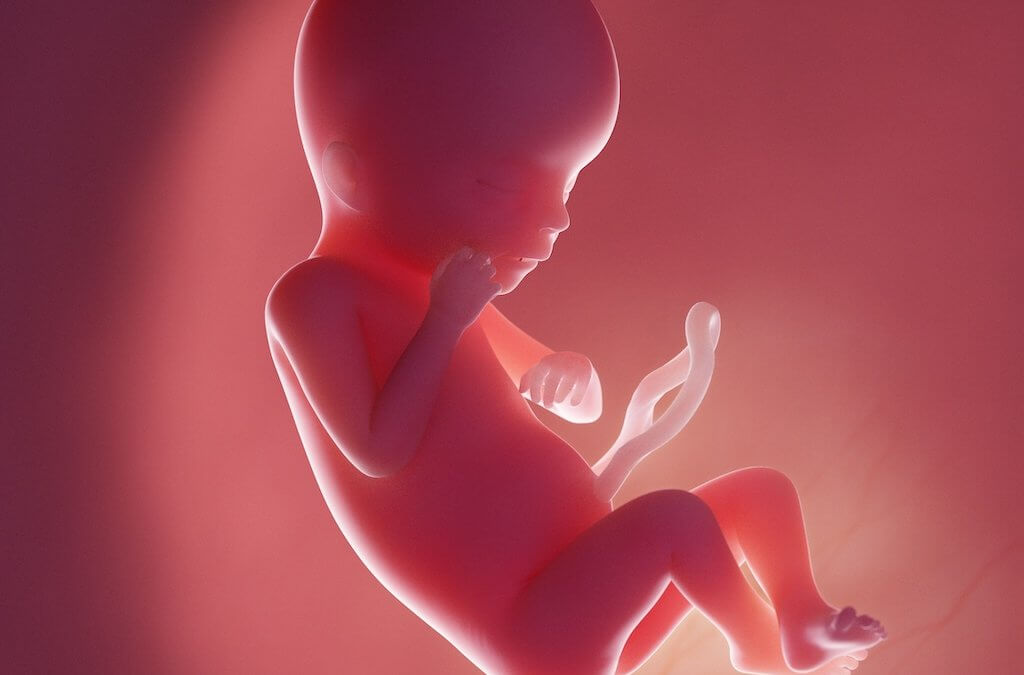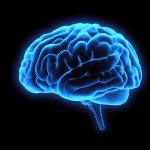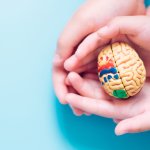This week it was announced that researchers have grown functioning ‘mini-organs’ using the stem cells in amniotic fluid in what’s being hailed as a huge breakthrough in the world of prenatal medicine.
Scientists at University College London and Great Ormond Street harvested the discarded stem cells from the amniotic fluid of 12 foetuses. [1]
The team were then able to grow what’s known as ‘organoids’ from these stem cells, which are effectively small replicas of real human organs. [2]
These ‘organoids’ have huge potential in clinical trials for new and experimental medicines, providing researchers with a window into understanding how healthy organs function compared to diseased ones.
The stem cells the UCL and GOSH team harvested from the amniotic fluid were the progenitor cells for lungs, kidneys and intestines. Because these stem cells, discarded during pregnancy by the foetus as is normal during pregnancy, are tissue specific they contain information necessary for the development and functionality of particular organs.
How can these organoids be used?
Collaborating with a team from KU Leuven in Belgium, the researchers studied the development of babies with CDH, otherwise known as congenital diaphragmatic hernia, a condition that affects around 1 in 5,000 babies every year. [3]
CDH is a disease that causes a hole in the diaphragm of the developing foetus, causing organs like their liver and intestines to rise and interfere with the capacity of the lungs.
Around 7 in 10 of babies born with CDH survive, and once the hernia is identified doctors can even operate on foetuses whilst they’re still in the womb. [4]
The team used organoids grown from the stem cells of healthy babies and babies affected by CDH both before and after treatment in order to determine whether there were any important differences between the biological characteristics of their organs.
What the team found was that there were significant developmental differences between the organoids that were healthy and the organoids that were affected by CDH.
By using these stem cell grown organoids researchers were able to determine that the organ progenitor cells taken from the amniotic fluid of babies affected by CDH themselves exhibit features of the disease.
Despite this stem cell-based research being in the very early stages of development, studies like this one show just how powerful stem cells are and just how important they’ll be for the future of medicine.
If you’d like to learn about banking your baby’s stem cells so that they have access to the future of medicine, sign up to download your free welcome pack below.
References
FIND OUT MORE, REQUEST YOUR WELCOME PACK TODAY
All you need to know to make an informed decision.
Provide your contact details to request:
– Complete Welcome Pack and Parent’s Guide
– Information via email
– Contact from our specialist advisors









